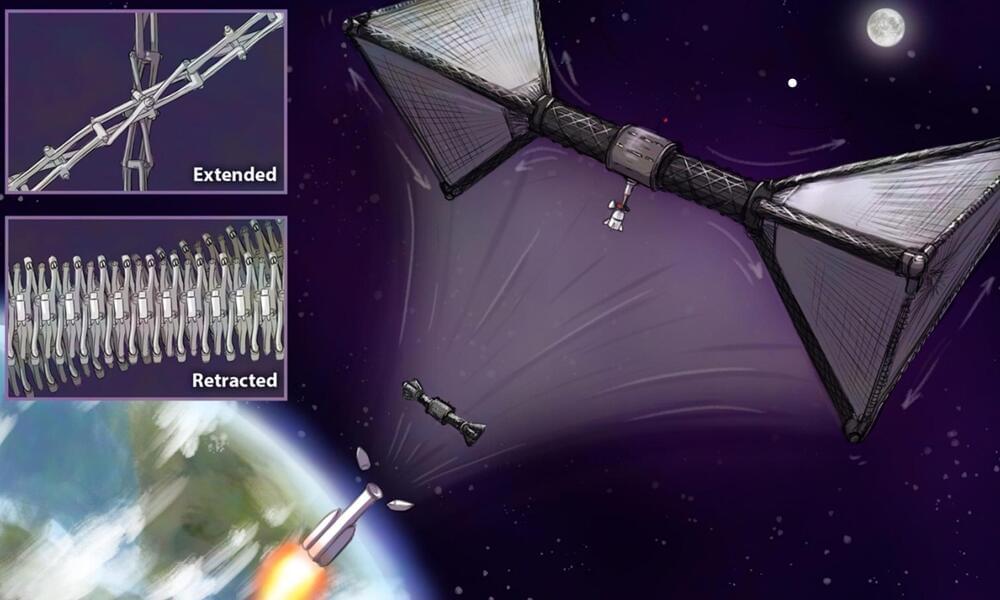Artificial gravity remains the stuff of science fiction. But dealing with no gravity causes significant problems in many astronauts, ranging from bone deterioration to loss of sight. An alternative method that might eliminate some of these problems is “simulated gravity,” which uses a spinning structure to create centrifugal force that would have the same effect on the body as gravity would. Whether or not this would solve the problems caused by lack of gravity remains to be seen. Still, NASA seems keen on the idea – to the tune of a $600,000 NASA Institute for Advanced Concepts (NIAC) Phase II grant to a team from Carnegie Mellon University (CMU) and the University of Washington (UW) who is looking to develop a structure that can simulate full Earth gravity and be launched in a single rocket.
The project in question is “Kilometer-Scale Space Structure from a Single Launch,” which was initially admitted to the NIAC program last year. Over the past year, they successfully completed a Phase I project where they “analyze[d] a mission concept analogous to the Lunar Gateway” that could deploy into a kilometer-long structure. Having met NASA’s expectations as part of that program, the team, headed by professor Zac Manchester of CMU and Jeffery Lipton of UW, were recently accepted as 2022 NIAC fellows.









Comments are closed.